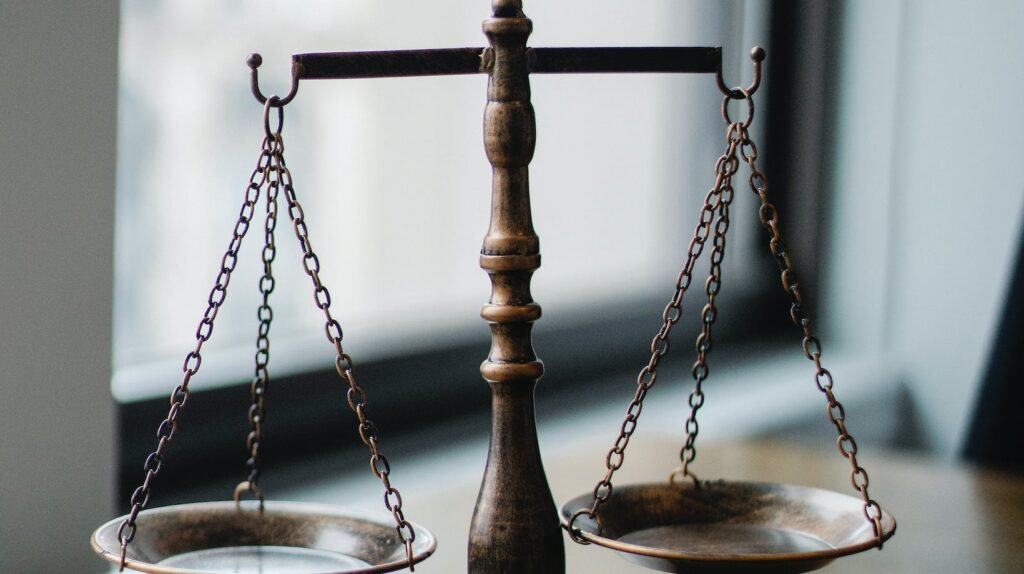
It can be a difficult experience losing a loved one. Especially if the accident was due to someone else’s actions. In Florida, individuals who are dealing with this loss may be able to pursue a wrongful death lawsuit. There, they can seek justice and receive the compensation they need to cover extra costs and stay afloat. It’s important to understand the timeline that goes into a wrongful death lawsuit so that everything is in order. The more work that is done on time, the higher the chance a family member has of receiving the financial assistance they need.
Immediate Actions Following The Death:
The immediate aftermath of a loved one’s death is a difficult time, but certain actions must be taken promptly. Call law enforcement and medical help immediately after the accident. If there is a chance that the death shows that negligence is involved, it’s important to have first responders there to inspect the scene. They will be able to see what went wrong and have it all laid out in their report. You can use this police report as part of your evidence when you’re working on your claim.
Consultation With a Wrongful Death Attorney:
Seeking legal advice at the earliest opportunity is crucial. A wrongful death attorney can guide on the potential merits of a lawsuit, the eligibility of family members to file, and the initial steps that need to be taken. From there, they will go through your case and see what they need to do. They’ll know the next steps to take and make sure you and other family members involved are kept in the loop.
Determining Eligibility And Filing The Lawsuit:
Florida law designates specific family members who are eligible to file a wrongful death lawsuit. Typically, this includes the spouse, children, parents, and other dependents. Once eligibility is determined, the next step is filing the lawsuit. The attorney will prepare the necessary legal documents and initiate the legal proceedings. They will make sure that all the family members are covered.
The Service of Process:
After filing the specific lawsuit, the responsible parties, also known as the defendants, must be formally notified of the legal action. This notification is typically called the service of process. This is created to help explain the process, so no one feels like they’re left behind. Everyone needs to understand how the case will go down and not be surprised by anything. The defendants will receive a copy of the complaint and summons, informing them of the allegations and the need to have a response during a specified period.

Defendant’s Response And Discovery:
Following the service of process, the defendants have a set period to respond to the lawsuit. This gives them time to prepare and get everything in order. The next phase involves discovery, where both parties exchange relevant information, documents, and evidence. Discovery allows each side to gather the necessary facts to build their case. From there, it’s important to not post about the trial on social media and to keep everything to yourself.
Working on a Settlement:
Mediation is where the two parties, and their attorneys, meet with a neutral party to attempt to settle. Settlement negotiations can occur at various points during the lawsuit. If there’s no real conclusion, then the case goes to trial. This is where both parties may file motions to address specific legal issues or seek rulings from the court. Pretrial proceedings involve various legal activities, including depositions, witness statements, and further evidence gathering. The court may also set deadlines for certain actions to keep the case moving forward.

Wrongful Death Trial:
The trial is the culmination of the legal process. The court hears arguments from both sides, examines evidence, and considers witness testimonies. The point of the trial is to hear the full story and come to a fair conclusion. Following the trial, the court delivers a verdict. If things didn’t go the way either party wanted, then they could file for post-trial motions. This is to mainly challenge details that they feel were not properly listened to. These motions may address legal errors, the admissibility of evidence, or other issues.
Appeals Process:
If a party remains dissatisfied after the post-trial motions, they may choose to appeal the decision. This is more of another chance to fight their case. Everyone has a right to do so but all parties need to be prepared for this type of situation. The appeals process involves presenting the case to a higher court, which reviews the proceedings for legal errors. The appellate court may affirm, reverse, or modify the lower court’s decision.
The result of a wrongful death trial can go in different ways. It all depends on what the family can offer as evidence and what they can back up. Knowing how these trials work will help you in the long run. This is why it’s important to reach out to a trusted legal team in the area to review the case. They will introduce you to a wrongful death attorney who is prepared to fight for you. They understand how these cases work out and want the best for you and your family. Losing a loved one due to someone else’s actions is a traumatic experience and you must receive justice.










